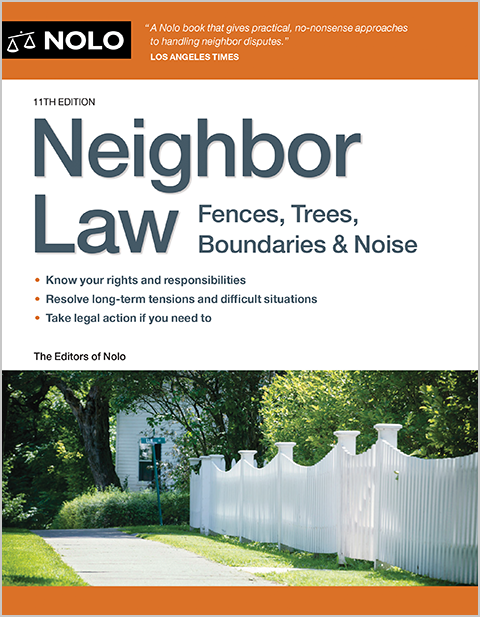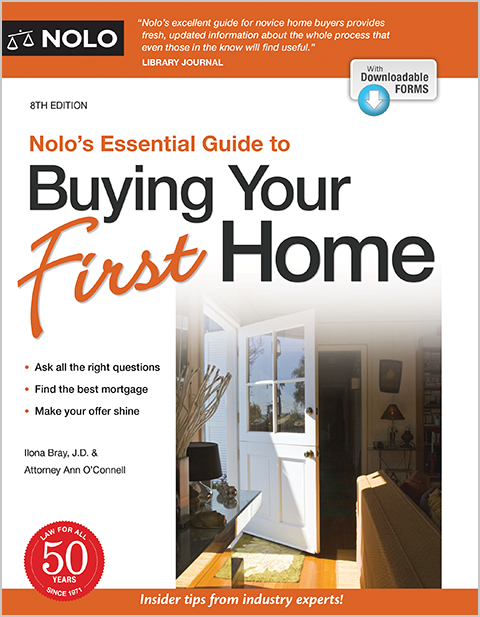A permanent foundation offers some solidity for your tiny home, but a trailer underneath will make relocation easier.
When considering building a so-called "tiny house," one of your first decisions will need to be what kind of foundation to build on. A permanent foundation provides a sturdier base, but a trailer with wheels affords the option of moving the tiny house after it's built. What are the pros and cons of each? We'll cover some broad generalizations below, but first, you'll want to personally consider:
- How do you intend to use your tiny house? For example, will it be used as your primary house, home office, art studio, or just a separate bedroom?
- What type of foundation does state or local law require? In light of your intended use, does your local building code or zoning ordinance require a specific foundation type?
- Do you own or rent the land the tiny house will be located on? If you own it, do you want the option of removing the tiny house if you sell your land?
- Your budget. Laying a foundation is often a major expense.
- Local soil conditions. If digging is difficult, a tiny house on wheels might be easier.
- Local weather. Find out what has worked best for other people in the area; you certainly don't want your tiny house to be blown down a mountainside.
Advantages to a Permanent Foundation for a Tiny House
Permanent foundations come in several forms, including concrete slabs, concrete footings (sometimes with a basement or crawlspace), or even wood pilings. These can come in different shapes and sizes and afford the builder a lot of design flexibility. On the other hand, using a trailer restricts the design to the dimensions of the trailer, with no option for a basement or crawlspace. In addition to design flexibility, use of a permanent foundation allows for traditional utility hookups. A tiny house on wheels will have RV hookups.
Another advantage of a permanent foundation is that it has a better chance of being approved for residential use. Permanent foundations are more likely to withstand a natural disaster and generally have longer life spans than temporary foundations.
Disadvantages to a Permanent Foundation for a Tiny House
On the flip side, tiny houses on wheels are often considered recreational vehicles ("RVs"). As a result, if a tiny house on wheels can legally be slept in at all, generally it can only be used for camping on a temporary basis. That said, it is unlawful to use a tiny house as a dwelling in many areas, regardless of what foundation type is used. Check with local building officials before beginning construction.
There are also disadvantages to a permanent foundation. For one, if you decide to move, you cannot take the tiny house with you, since it will be attached to the land it is built on. Permanent foundations can also be expensive. The price will depend on the amount of excavation and masonry work required.
In addition to construction costs, you might also have to buy the land, which can be expensive. A landowner might let you rent space upon which to build a permanent tiny house, but doing so is risky, because the land owner could sell the property at some point, or require you to move off the land. In such cases, you could lose your tiny house.
Advantages to Putting a Tiny House on a Trailer
The primary benefit of building your tiny house on a trailer is mobility. If you want to move it, a tiny house on wheels can be relocated. Keep in mind, though, moving a tiny house is not as easy as hooking up a small utility trailer to make quick trip to the dump. There will be utilities to disconnect, and exterior and interior features that will need to be secured for safe transport. And, depending on the size of the tiny house, special travel permits might be required.
Another benefit to building on a trailer is that a tiny house on wheels is not, in most locations, going to be subject to a building code. This is because it is not legally considered a structure. While this might help you fly under the radar, it does not necessarily make your tiny house lawful. Whether it is lawful will also depend on how the tiny house is used.
Many zoning ordinances require a permit for certain uses. For example, a residential dwelling might have to be a certain minimum square footage (900 square feet, for example) to be permitted. On the flip side, a personal art studio might not require a permit under the applicable zoning ordinance. In that case, building on a trailer with wheels to avoid having to get a building permit could be advantageous. This is one reason that knowing your intended use before building is important.
Complications When Putting a Tiny House on a Trailer
While some might consider the legal grey area tiny houses on wheels fall into a good thing, for those not willing to break the law (or engage in an act of civil disobedience, depending on your view), it can be a disadvantage. For many, the threat of a code enforcement action might not warrant the risk.
A tiny house on wheels is likely to be considered an RV in many jurisdictions. In some locations, you might be able to camp in an RV, but even then the number of nights it can be slept in might be limited. Moreover, some jurisdictions require any RV used for camping or sleeping to be certified by the Recreation Vehicle Industry Association ("RVIA"). This means the tiny house will have to be built to RVIA standards and then be inspected for compliance. So while you might circumvent the building code, you could be stepping into an even more complicated set of standards that must be complied with.
Another disadvantage has to do with design options. Although the type of trailer and size of the trailer can vary, a tiny house built on a trailer will typically be constructed so that it can lawfully be towed on a highway without a special travel permit.
Given the myriad of factors that could influence where you locate your tiny house, it would be helpful to talk to local tiny-house experts, including other tiny-home owners and tiny-house builders, to gain insight about building in your area.
Talk to a Lawyer
Need a lawyer? Start here.
How it Works
- Briefly tell us about your case
- Provide your contact information
- Choose attorneys to contact you
- Briefly tell us about your case
- Provide your contact information
- Choose attorneys to contact you


